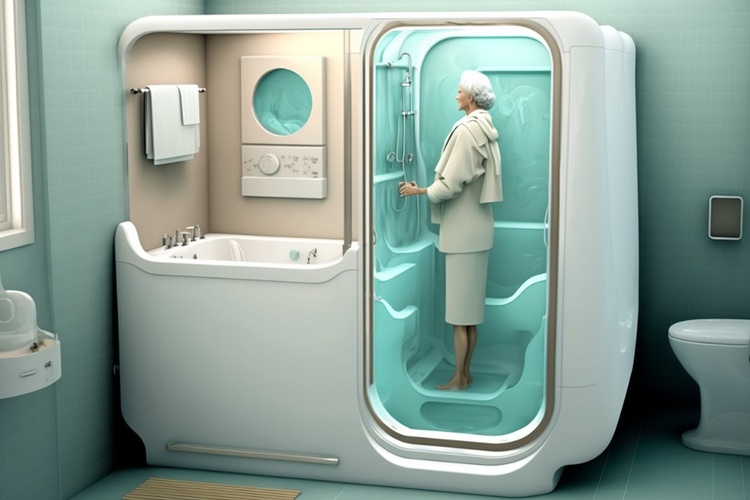Choices in 2025: What Seniors Want in a 2-Bed Home
What are seniors really looking for in a 2-bed home today? From smart layouts to calm surroundings, choices in 2025 reflect a desire for both independence and ease. This guide breaks down what seniors value when selecting the place they’ll call home.

What are the top priorities for seniors in a 2-bedroom home?
When it comes to selecting a two-bedroom home, seniors in 2025 have clear priorities. Space for hosting family and friends tops the list, with the second bedroom often serving as a guest room or multi-purpose space. Accessibility is another crucial factor, with seniors favoring single-story layouts or homes with elevators to ensure easy navigation. Energy efficiency is also a key consideration, as it contributes to lower utility costs and environmental sustainability.
How do design details improve daily comfort for seniors?
Thoughtful design elements can significantly enhance seniors’ quality of life in their two-bedroom homes. Wide doorways and hallways accommodate mobility aids, while lever-style door handles and faucets are easier to operate for those with arthritis. Slip-resistant flooring in bathrooms and kitchens reduces fall risks, and ample natural lighting improves visibility and mood. Smart home technology, such as voice-activated controls for lighting and temperature, adds convenience and safety to daily routines.
What role does location play in senior housing decisions?
Location remains a critical factor for seniors choosing a two-bedroom home in 2025. Proximity to healthcare facilities, shopping centers, and recreational areas is highly valued. Many seniors prefer communities with walkable neighborhoods, promoting an active lifestyle and social engagement. Access to public transportation or senior-specific shuttle services is also important, especially for those who no longer drive. Quiet, low-traffic areas with green spaces are particularly appealing for their calming environment.
How do layout preferences reflect seniors’ lifestyle needs?
The layout of a two-bedroom home significantly influences seniors’ daily lives. Open floor plans are popular, as they create a sense of spaciousness and allow for easy movement. Many seniors prefer a master bedroom with an en-suite bathroom for privacy and convenience. The second bedroom is often situated away from the master, providing a quiet space for guests or a home office. Ample storage solutions, including walk-in closets and built-in cabinets, help maintain an organized and clutter-free living space.
What unique features are seniors seeking in 2025?
In 2025, seniors are looking for innovative features that blend technology with comfort. Telehealth-ready spaces, equipped with high-speed internet and good lighting for video consultations, are becoming standard. Indoor air quality systems that filter pollutants and maintain optimal humidity levels are highly valued for health reasons. Outdoor living spaces, such as covered patios or balconies, are sought after for their ability to connect residents with nature while providing a safe, controlled environment.
What real-world examples showcase 2025’s senior housing trends?
Several developments across the United States exemplify the trends in senior housing for 2025. The Oasis at Palm Desert in California offers two-bedroom cottages with smart home features, community gardens, and a wellness center. In Florida, Seaside Serenity provides beachfront two-bedroom apartments with storm-resistant construction and an on-site medical clinic. The Midwest’s Prairie Meadows complex features eco-friendly duplexes with solar panels and community electric vehicle charging stations.
| Development Name | Location | Key Features |
|---|---|---|
| The Oasis at Palm Desert | California | Smart home technology, community gardens, wellness center |
| Seaside Serenity | Florida | Beachfront location, storm-resistant construction, on-site medical clinic |
| Prairie Meadows | Midwest | Eco-friendly design, solar panels, EV charging stations |
Senior living choices in 2025 reflect a growing demand for homes that support independence, health, and community engagement. Two-bedroom layouts offer the flexibility and space that many seniors desire, while thoughtful design elements and strategic locations enhance daily living. As the market continues to evolve, these preferences will likely shape the future of senior housing development, creating communities that cater to the diverse needs and aspirations of an active aging population.




